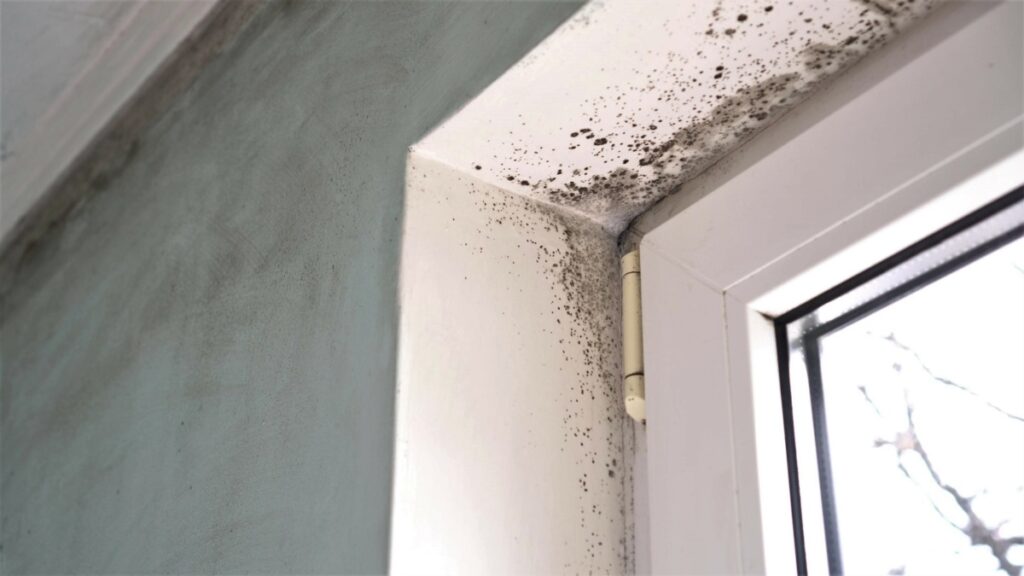
Mould in your home isn’t just unsightly — it’s a real threat to your property and health. For homeowners in Toronto, where seasonal humidity and moisture issues are common, staying vigilant about mould prevention is essential. While professional mould removal is sometimes necessary, proactive prevention can save you time, money, and stress in the long run.
In this post, we’ll explain how mould forms and outline proven tips to keep your home mould-free, including ways to reduce indoor humidity, improve ventilation, and spot early warning signs before they become serious.
What Causes Mould in the Home?
Mould develops when moisture, organic material (like wood, drywall, or fabric), and warm temperatures meet. High humidity, poor ventilation, and water leaks all create ideal breeding grounds for mould spores. In Toronto homes, mould commonly appears in basements, bathrooms, kitchens, attics, and crawl spaces — areas prone to dampness and limited airflow.
Top Mould Prevention Tips for Toronto Homeowners
- Control Indoor Humidity
Maintaining indoor humidity levels between 30% and 50% is one of the most effective ways to prevent mould growth. Use a hygrometer to monitor your home’s humidity and install dehumidifiers in moisture-prone areas like basements and bathrooms.
- Tip: Set your dehumidifier to maintain relative humidity under 60%, especially during Toronto’s damp spring and summer months.
- Improve Ventilation and Airflow
Good air circulation discourages condensation and helps dry out surfaces faster.
- Open windows when weather permits to create cross-ventilation.
- Use exhaust fans in bathrooms and kitchens during and after use.
- Keep air vents unobstructed to promote consistent airflow throughout your home.
- Ensure proper attic ventilation to prevent moisture buildup in stored items and wood structures.
- Address Leaks Immediately
Even a small leak can cause major mould issues if left unchecked.
- Inspect and repair roofing, windows, and plumbing fixtures regularly.
- Check under sinks, behind appliances, and around toilets for hidden moisture.
- Fix cracked caulking and worn seals around tubs, showers, and windows to prevent water intrusion.
- Keep Moisture Out from the Outside
Proper exterior maintenance is just as important as indoor efforts.
- Clean gutters and downspouts regularly to prevent water from pooling near your foundation.
- Ensure your yard slopes away from your home to promote proper drainage.
- Inspect roof shingles, flashing, and foundation cracks routinely for signs of wear or damage.
- Maintain a Clean and Dry Bathroom
Bathrooms are high-risk areas due to frequent water use and steam.
- Wipe down wet surfaces after showers.
- Wash towels, mats, and shower curtains frequently to prevent spore buildup.
- Use mould-resistant paint and drywall during renovations for long-term protection.
- Check for leaks under vanities and behind toilets.
- Prevent Kitchen Mould With Smart Habits
Steam, spills, and appliances can all contribute to kitchen mould if not addressed.
- Use range hoods or fans to ventilate while cooking.
- Clean up spills promptly and inspect areas under sinks and behind fridges.
- Store food properly in sealed containers to prevent mould and pest issues.
- Watch Out for Vulnerable Areas Like Basements and Attics
These hidden areas often go unnoticed but are common places for mould to develop.
- Seal cracks in basement walls or floors to keep out groundwater.
- Insulate cold water pipes to reduce condensation.
- Keep stored items elevated and spaced apart to allow airflow.
- Consider vapour barriers in crawl spaces to prevent moisture intrusion from the ground.
Early Warning Signs of Mould
Catching mould early makes a big difference. Keep an eye out for:
- Musty or earthy smells
- Discoloured patches on walls or ceilings
- Peeling paint or damp spots
- Condensation on windows or pipes
Perform regular home inspections, especially after heavy rain, snowmelt, or plumbing repairs. Document any findings so you can track recurring issues or changes.
When to Call a Professional for Mould Removal in Toronto
If you find extensive mould growth (larger than one square metre), or if mould keeps returning despite cleaning efforts, it’s time to bring in experts like Exotherm Foam.
Professional mould remediation ensures:
- Safe removal with proper PPE and containment procedures
- Identification of hidden mould and moisture sources
- Long-term prevention with moisture control strategies and materials
Exotherm Foam’s certified technicians provide fast, reliable mould removal throughout the Greater Toronto Area using safe and effective solutions.
Using Mould-Resistant Products for Long-Term Protection
During renovations or upgrades, opt for materials that discourage mould:
- Antimicrobial paints and primers for walls and ceilings
- Mould-resistant drywall in bathrooms, kitchens, and basements
- Vinyl or ceramic tile flooring, which resists water better than carpet
- Treated lumber in framing and construction to inhibit fungal growth
These materials offer an extra layer of defence and can significantly reduce the likelihood of future infestations.
Final Thoughts
Mould prevention starts with awareness. By keeping moisture under control, improving airflow, performing regular inspections, and acting quickly at the first signs of trouble, Toronto homeowners can protect their homes and health.
Need professional help with mould? Contact Exotherm Foam today for expert mould inspection and removal services across the GTA.
